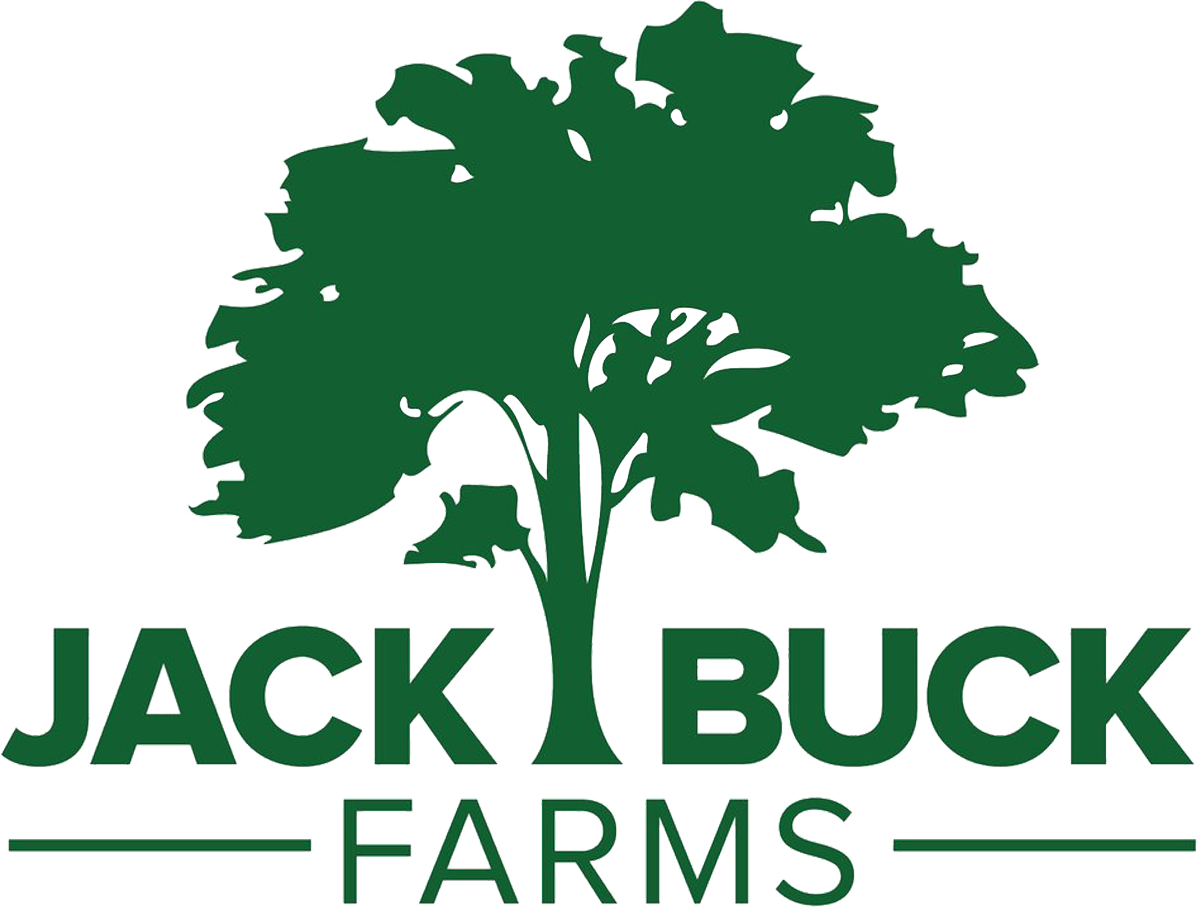There is little doubt that the trend towards lower meat consumption, to flexitarian diets with more plant ingredients and plant based meat substitutes is here to stay. Meat substitute sales are doubling in Europe every five years. Some of the discussion is about health, and some is about cost but the most compelling is perhaps about environmental issues such as rainforest loss and CO2 emissions in meat production. Production methods vary enormously but frequently quoted figures for CO2 equivalents are:
Beef per Kg 25Kg CO2
Pork per Kg 9 Kg CO2
Chicken per Kg 5 Kg CO2
Plant based meat substitutes are much lower with mycoprotein quoted at 1.1 Kg CO2 per kg of product.
Will we, at Jack Buck’s be growing any of the ingredients for the future?
Quorn is the longest established product dating from the 1980’s. It is produced by a fermentation process involving a naturally occurring fungus and it does use wheat gluten or maize as a feedstock so that is a good start, we grow wheat.
Since the development of Quorn, soya protein is dominating the market and of course that will give rise to other environmental problems depending where it comes from.
All plants have different amino acids in their protein and it is important to have a good mix of the essential amino acids. Different plants will also have different textural possibilities and this is all before you get into the small matter of taste!
So the search is on. Peas are a good protein source and there is a great deal of interest in this crop which we can also grow. Other pulses or legumes are increasingly used like chickpeas, navy beans, lentils and lupins and there may be possibilities there.
After that it gets more difficult for us I don’t see us trying quinoa, rice or Jack fruit. Algae is often mentioned as a possible ingredient especially for omega three but it is a difficult crop to grow at scale. Potato protein is occasionally mentioned in the industry news which is a glimmer of hope.
Another “meat alternative” is laboratory cultured meat. This is grown from specific animal cells which could be pork chicken, beef or other. I don’t pretend to understand the process but it does need a feedstock of carbohydrate, protein and essential “dietary” ingredients so perhaps there is a chance for us there. There are more than thirty start up businesses or researchers in this field already and there are in the food industry press frequent stories of successful funding rounds for meat alternative businesses. Singapore recently licenced one product of this type for human consumption.
But perhaps the worst news for farmers generally is the Finnish company Solar Foods that has developed a process to produce protein from just air, water, carbon dioxide and renewable energy. Hydrogen is bubbled through a bacterial mix, utilising ammonia nitrogen from nitrogen in the air. We are told that the bacteria is naturally occurring, that the protein will be competitive with soy protein in a few years and a pilot production plant is approved. There is no agricultural involvement at all.
Perhaps I am being an ostrich with my head in the sand but it is difficult to believe that this is a serious competitor to farming. Watch this space!

